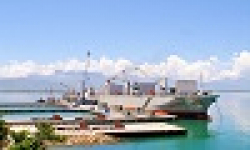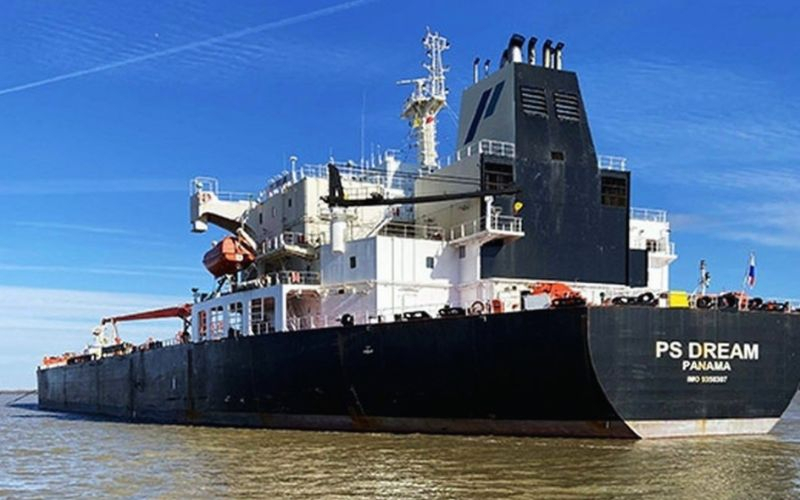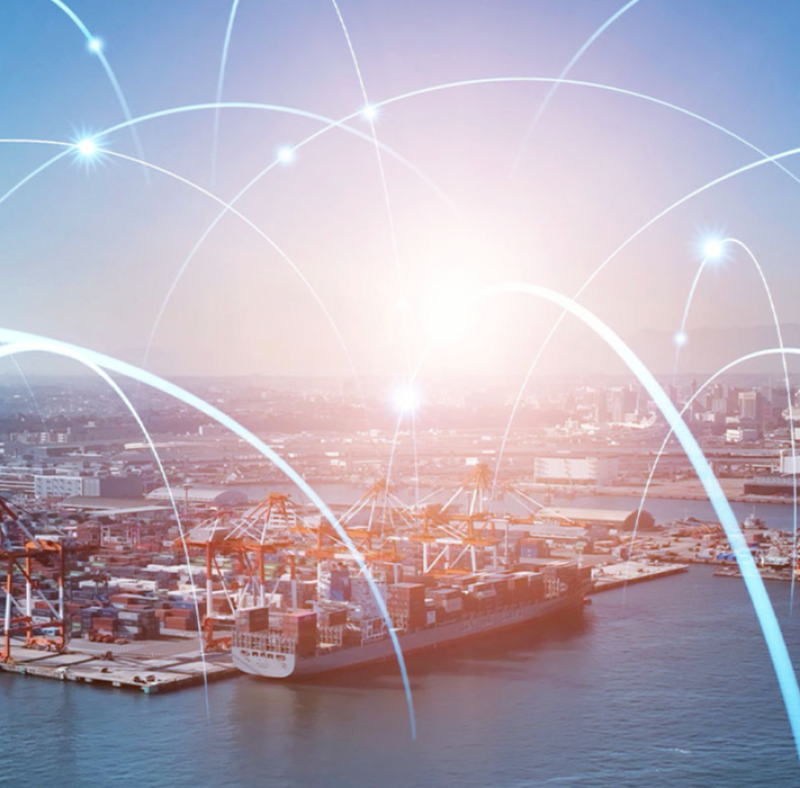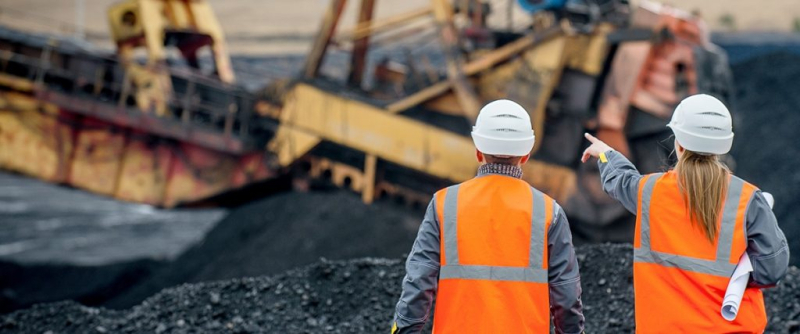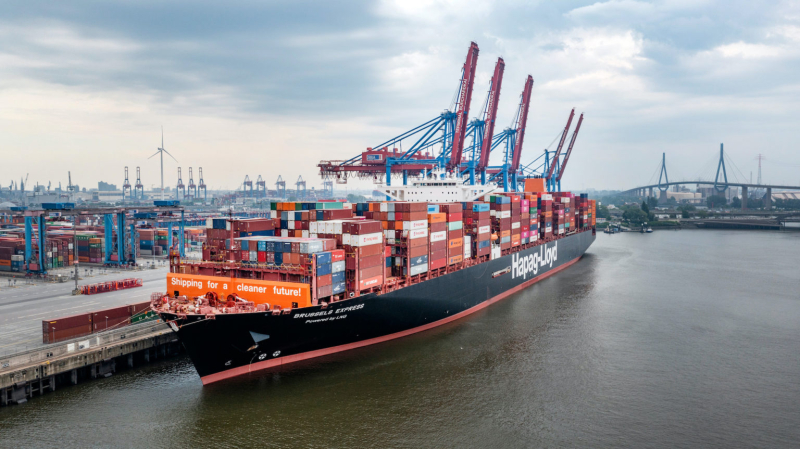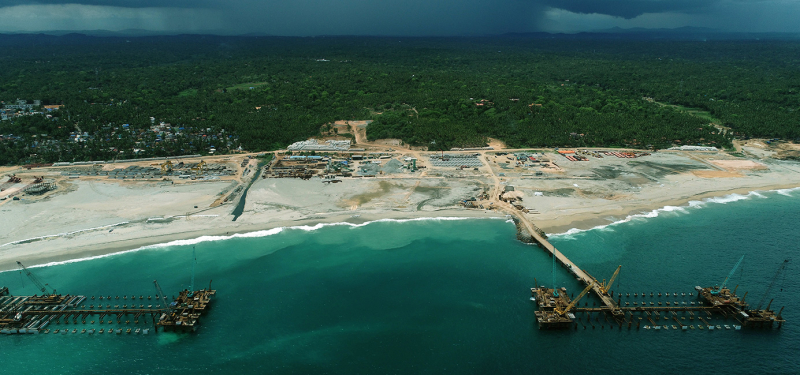The tanker market is expected to remain quite healthy and profitable not only in the short to medium term, but also in the long term as well, even after 2030. In its latest weekly report, shipbroker Xclusiv said that “based on the June’s IEA market report, the oil market is precariously balanced on a tightrope. On one side, the global oil supply is surging (rising by 520 kb/d in May to 102.5 mb/d), fuelled by a rise in non-OPEC+ production (plus 1.4 mb/d) that countered OPEC+ reduction (minus 880 kb/d). Brazil’s seasonal ethanol output bump further adds to the growing supply. On the other hand, oil demand growth is taking a nosedive (now at 960 kb/d, 100 kb/d below last month’s forecast). This slowdown, particularly evident in developed economies and a sluggish China, has led to a significant downward revision of 2024 demand forecasts. The trend is expected to continue in 2025, with only modest growth anticipated due to a muted global economy and the accelerating adoption of clean energy technologies. This widening gap between supply and demand is reflected in bulging oil inventories, especially on land. The oversupply is squeezing refinery margins, particularly in Asia, where they’ve sunk to three-year lows and are teetering on the brink of cutbacks. Brent crude prices are reflecting this growing unease. They’ve tumbled over $10 per barrel since May, with a further drop following OPEC+’s decision to gradually increase production. This move by OPEC+ was met with pessimism by traders, who fear a potential oil glut”.

Source: Xclusiv
The shipbroker added that “the key question remains: what does this mean for the oil and the tanker market? The pace of global economic recovery, the speed of clean energy adoption, and OPEC+’s production decisions will all be crucial in determining the market’s future course. The coming months will be a tense tightrope walk for the oil market. The long-term outlook for crude oil tankers presents a complex picture. While the International Energy Agency’s (IEA) projections suggest a peak in oil demand by 2029, this does not necessarily translate into a decline for the crude tanker market. New crude oil tanker orders placed today may primarily function as replacement tonnage for an aging fleet, rather than signifying significant capacity expansion”.

According to Xclusiv’s analysis, “several factors suggest that the crude tanker market may remain healthy beyond 2030. Firstly, even after a peak in oil demand, the total volume of crude oil shipped is likely to remain substantial. Secondly, the existing fleet of crude oil tankers is aging, necessitating replacements. Thirdly, stricter environmental regulations will likely impact the operational efficiency of older vessels. Finally, a significant pool of tankers remains engaged in sanctioned trades, further limiting available capacity. The confluence of these factors suggests that the global crude tanker market may exhibit continued stability, even after a peak in oil demand”.

Source: Xclusiv
The shipbroker concluded that “the Baltic Exchange Suezmax TCE is standing at USD 48,054/day, which is slightly higher than the year-to-date average of $45,000/day. However, the VLCC TCE ended the week at USD 34,477/day, plummeting nearly 32% on a monthly basis, and reaching its lowest level since early January 2024. On the product, the MR Pacific Basket got off to a strong start in June 2024, reaching a daily high of USD 51,267 on June 7th. This was the highest level since February 2024. However, it closed the week at USD 42,101/day, reflecting a 18% decline on a weekly basis. On the other hand, the MR Atlantic Basket closed at USD 26,360/day, counting 10 consecutive negative closings, and decreasing around 50% since late May 2024. MR rates have been steadily declining in recent days with no immediate signs of recovery. However, a healthy supply of MR vessels typically plays a crucial role in maintaining strong freight rates in the MR sector”.



